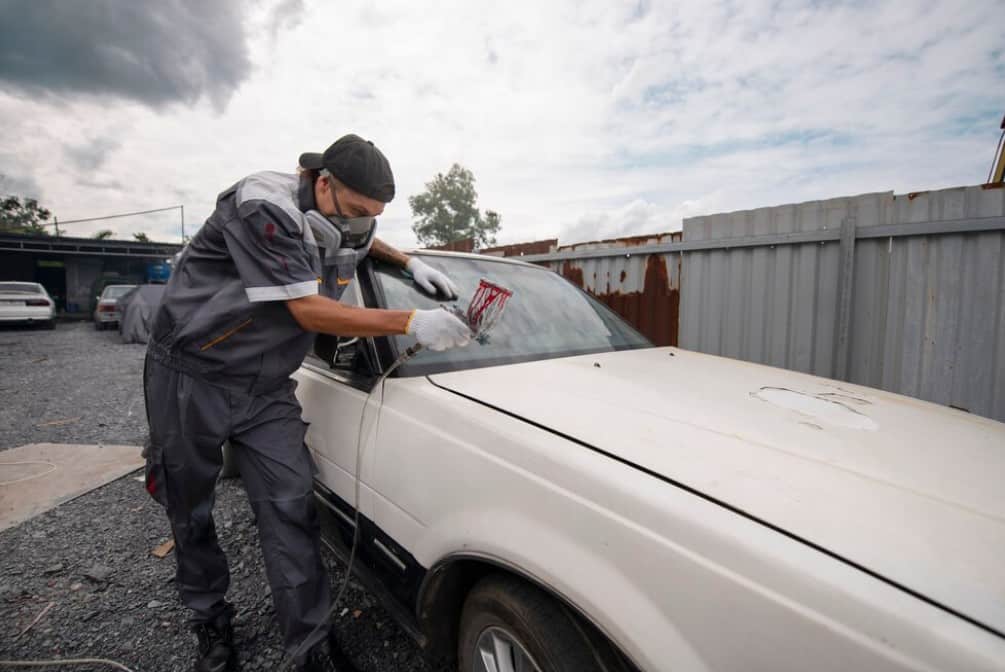The Everest Base Camp trek is a bucket-list adventure that attracts thousands of hikers and outdoor enthusiasts from around the world. While the traditional trek to Everest Base Camp and back can be challenging and time-consuming, an alternative option that combines trekking with a helicopter return offers a more efficient and rewarding experience. In this article, we will provide you with top tips to help you prepare for the Everest Base Camp trek with a helicopter return, ensuring a safe and memorable journey.
- Physical Fitness and Training
The Everest Base Camp trek is a demanding undertaking that requires good physical fitness. Engaging in regular cardiovascular exercises such as hiking, jogging, or cycling can help prepare your body for the rigors of the trek. Additionally, incorporating strength training exercises that focus on your leg muscles, core, and upper body will improve your overall endurance and stability on the trail. It is recommended to start your training at least three to six months before your scheduled trek to allow your body to adapt and build stamina.
- Acclimatization and Altitude Sickness
Proper acclimatization is crucial to minimize the risk of altitude-related illnesses. The helicopter return option allows for a gradual ascent, reducing the chances of altitude sickness. However, it is still important to spend a few days in Namche Bazaar and other higher-altitude locations to acclimatize. During these rest days, take short hikes to higher altitudes and descend to sleep at a lower elevation. Stay hydrated, avoid alcohol and strenuous activities, and be aware of any symptoms of altitude sickness, such as headache, dizziness, nausea, or fatigue. If symptoms persist or worsen, descend to a lower elevation and seek medical attention if necessary.
III. Packing Essentials
Proper packing is essential for a successful trek. Some of the key items to include in your backpack are:
Layered clothing: The weather in the Everest region can be unpredictable, with temperature fluctuations throughout the day. Pack lightweight, moisture-wicking base layers, insulating mid-layers, and a waterproof and windproof outer shell.
Trekking gear: Invest in sturdy and comfortable trekking boots with good ankle support. Bring a backpack with a hip belt, a sleeping bag suitable for cold temperatures, trekking poles for added stability, and a good quality headlamp.
Medications and first aid: Carry essential medications, such as those for altitude sickness, pain relief, gastrointestinal issues, and any personal prescriptions. Include a basic first aid kit with bandages, antiseptic ointment, blister patches, and a thermometer.
Hydration and nutrition: Carry a reusable water bottle or hydration bladder to stay hydrated along the trail. Pack high-energy snacks, protein bars, and electrolyte supplements to maintain your energy levels during the trek.
- Trekking Permits and Documentation
Before embarking on the Everest Base Camp trek, ensure that you have the necessary permits and documentation. The two permits required are the Sagarmatha National Park Entry Permit and the Khumbu Pasang Lhamu Rural Municipality Entry Permit. These can be obtained in Kathmandu or at the entrance of the national park. Additionally, make sure you have a valid passport and obtain travel insurance that covers trekking activities and emergency medical evacuation.
- Mental Preparation and Trekking Etiquette
The Everest Base Camp trek is a mentally challenging journey that requires determination, patience, and a positive mindset. Be prepared for long days of walking, difficult terrain, and varying weather conditions. It is essential to respect the local culture, traditions, and customs of the Sherpa community and fellow trekkers. To know more visit: https://lifehimalayatrekking.com/everest-base-camp-trek-packages-with-helicopter-return-tour.html






